OUR ADDRESS
Kolkata
Shyama Charan Dey St,
College Street, Kolkata,
West Bengal 700073
College Street, Kolkata,
West Bengal 700073
Email: hello@matribhasa.com
Phone: +91 9658986525
CONTACT US
Got a question or need a hand with anything on our website? Just reach out to our friendly support team!

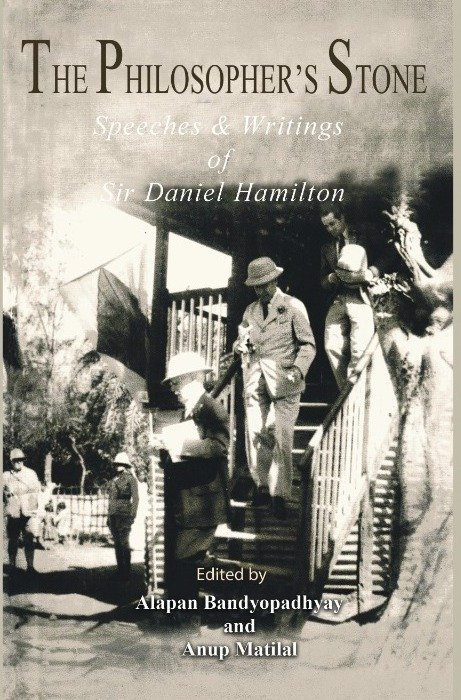




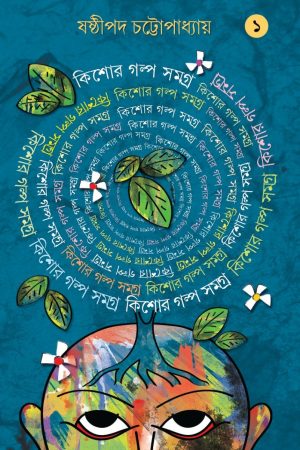

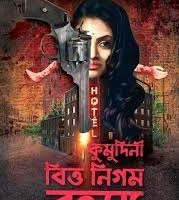
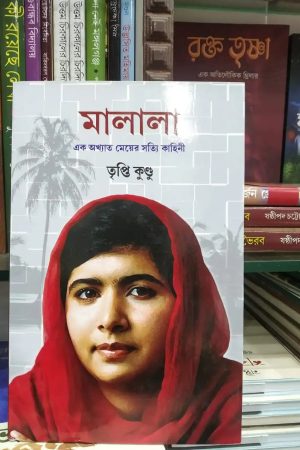


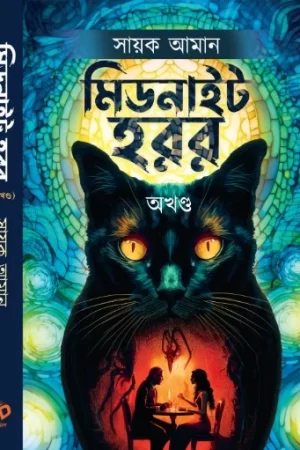





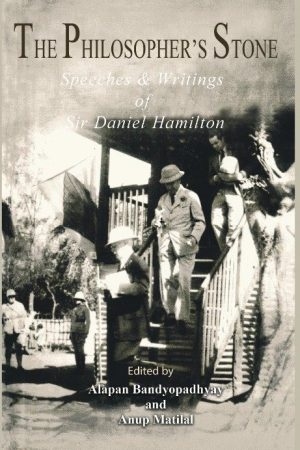
Reviews
Clear filtersThere are no reviews yet.